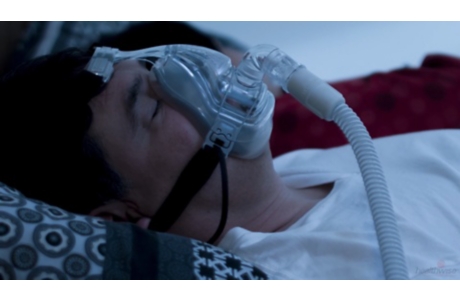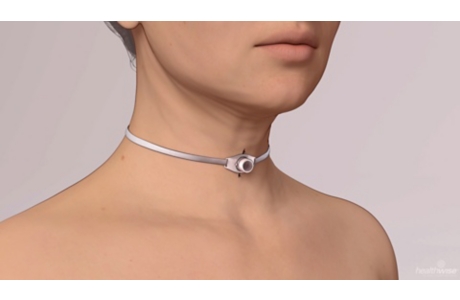Tracheostomy for Obstructive Sleep Apnea
Surgery Overview
Tracheostomy is surgery that is sometimes used to treat obstructive sleep apnea (OSA). In this surgery, the surgeon creates a permanent opening in the neck to the windpipe (trachea). He or she then puts a tube into the opening to let air in.
- A valve keeps the opening of the tube closed during the day, which allows you to speak and breathe normally.
- At night, you open the valve so that air can go around the blockage in your throat and into your lungs while you sleep.
What To Expect
The time needed for the opening in the neck to heal can vary.
Why It Is Done
A tracheostomy is done only if you have severe sleep apnea, other treatments have failed, and other forms of surgery won’t work for you.
How Well It Works
Tracheostomy almost always cures sleep apnea that is caused by blockage of the upper airway.footnote 1
Risks
Risks that may occur with a tracheostomy include:
- Scar tissue forming at the opening. This can affect how your neck looks.
- Having a hard time speaking.
- Bleeding and infection at the site.
- Increased risk of lung infections.
- Emotional problems, such as depression or a change in self-image.
What To Think About
Tracheostomy is not typically used to treat sleep apnea. That’s because other treatments work well in most people.
People who are very overweight have more long-term problems after this surgery than other people do. For very overweight people, the surgeon must take greater care during the surgery to keep the opening from being blocked by fatty neck tissues.
Proper care of your tracheostomy is important. Keep the valve closed during the day so that you can talk and breathe. Tell your doctor right away if you notice signs of infection. These signs include redness, swelling, and drainage at the surgery site. Talk with your doctor or surgeon if you have concerns or questions.
References
Citations
- Aurora RN, et al. (2010). Practice parameters for the surgical modifications of the upper airway for obstructive sleep apnea in adults. Sleep, 33(10): 1408–1413.
Credits
Current as of: June 9, 2019
Author: Healthwise Staff
Medical Review:Anne C. Poinier, MD – Internal Medicine & Adam Husney, MD – Family Medicine & Hasmeena Kathuria, MD – Pulmonology, Critical Care Medicine, Sleep Medicine
Current as of: June 9, 2019
Author: Healthwise Staff
Medical Review:Anne C. Poinier, MD – Internal Medicine & Adam Husney, MD – Family Medicine & Hasmeena Kathuria, MD – Pulmonology, Critical Care Medicine, Sleep Medicine
Aurora RN, et al. (2010). Practice parameters for the surgical modifications of the upper airway for obstructive sleep apnea in adults. Sleep, 33(10): 1408-1413.






